Since at least the early 1990s, there has been a lot of talk about “eating clean.” In the past couple decades, the definition of clean eating has changed and not everyone agrees on the best routes to take.
For the purposes of this article, I’m going to touch on the most agreed upon aspects of clean eating and how and why you should consider joining this trend.
What is eating clean?
At its core, eating clean is an easy concept to understand. The idea is more about being mindful of where the food goes from the earth to your plate, rather than revolving around the idea of ingesting more or less of specific things, like proteins or calories.
At its most basic, clean eating is about eating real, whole foods. These foods are as close to their natural form as possible, with minimal or no refining, handling, or processing. Yet, with how sophisticated modern food production has become, it is becoming more and more challenging to simply eat whole foods.
Some people argue that only organic foods are ‘clean’, while others are happy to consume non-organic foods and simply choose to avoid processed or refined foods.
How do you eat clean?
The main principle of clean eating is to eat natural and fresh foods instead of processed foods. For me, this means eating foods that haven’t had anything valuable taken away or had anything added to them.
It does not mean that you have to grow everything yourself.
I do encourage growing your own food because it is cheaper, but it’s just not practical for the vast majority of us.
You can usually find whole grains in the bulk section at your grocery store, or they may be sold in bags or boxes. If you buy packaged items, you’ll want to check the ingredients to make sure nothing has been added. If you see words like “refined” or “bleached,” steer clear.
Some people recommend adding freshly made juices to a clean eating diet. However whilst juices do contain many important nutrients, they also contain high amounts of sugar and are not as satisfying or satiating as foods in their natural form.
Read the packaging
Let’s be honest: if you were to try to avoid everything that came out of a box, bag, or jar, you’d probably give up pretty quickly. Packaged foods are sometimes necessary. However, a clean eater always looks at the ingredients. The only way to know what is in your foods is to look at labels.
Look for foods that are as close to their natural state as possible. If the ingredients read like a recipe with all recognisable items, then you are on the right track. On the other hand, if they look like a chemistry experiment full of words you could never pronounce, you should probably pass. In addition, here are some ingredients you should watch out for.
You want to ditch products made with any artificial additives, like colours, flavours, preservatives, and sweeteners.
Organic foods might be your best option
Eating clean also involves staying away from foods that are:
- Treated with antibiotics and hormones, such as beef and dairy products
- Grown with man-made fertilisers or pesticides and sometimes;
- Made from genetically modified organisms (GMOs)
Organic foods are generally free from all of these non-clean practices.
Clean eating is much more than just what you put into your body. It also considers how your eating influences the planet as a whole and its bearing on a sustainable food supply. You’re not just keeping your body free from pollutants, but you’re considering how food production impacts environmental problems like the rise of dead zones in our oceans.
Do what you think is right
You really are what you eat, and the food you take in serves as preventative medicine. Nutrients create the foundation for the function and structure of each cell in your body.
The functioning and health of your cells are determined directly by what you’ve been eating.
So, see for yourself. Give clean eating a try. As you become more attuned to your body, you’ll be able to tell what food items give you more energy, put you in a better mood, and just make you feel better. And, watch out for the gimmicky programs out there. Keep it simple and happy eating!
Have you tried ‘eating clean’? Did you love it? Share with us below.
Image source Shutterstock.


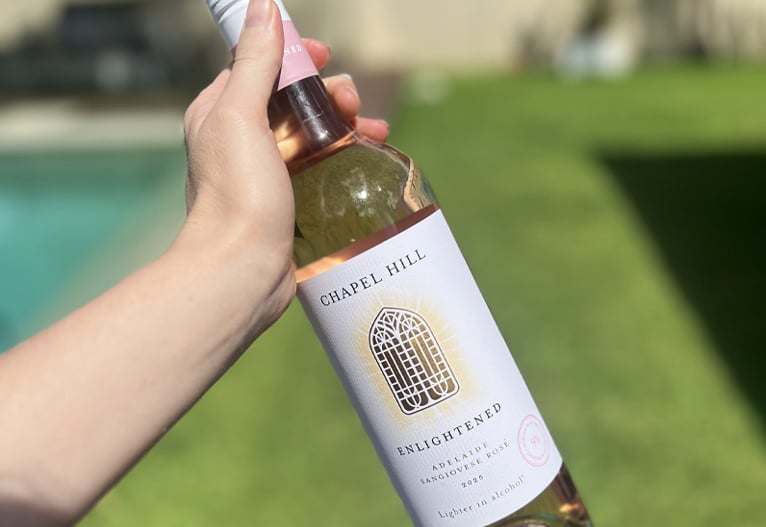



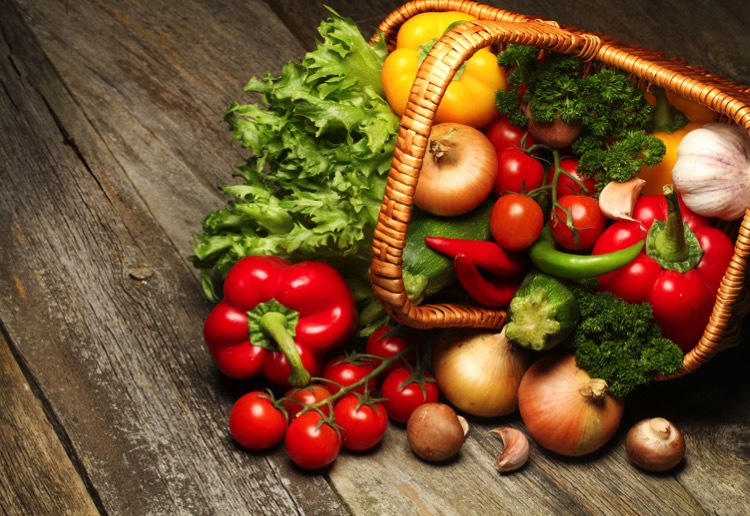
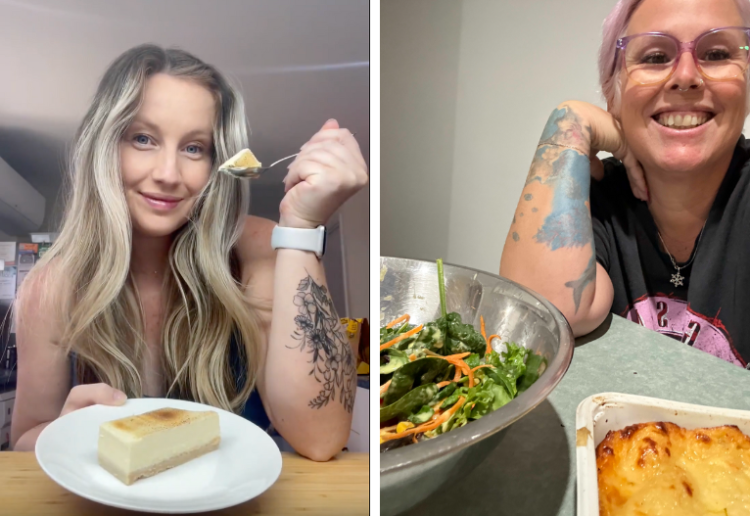






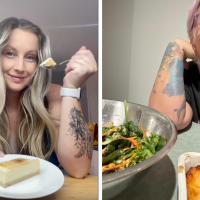



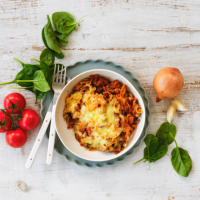
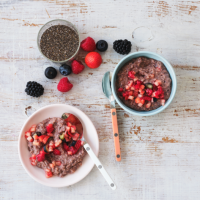



-

-
-
june11 said
- 01 Oct 2016
-
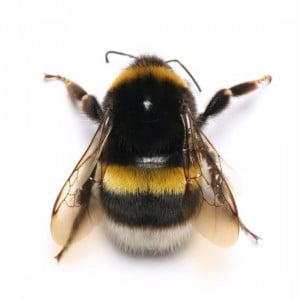
-
-
mom93821 said
- 27 Sep 2016
-

-
-
mom160421 said
- 20 Sep 2016
-

-
-
mum4107 said
- 20 Sep 2016
-

-
-
mom90758 said
- 19 Sep 2016
-

-
-
mom112217 said
- 19 Sep 2016
Post a comment9:43 pm
7:06 am
-

-
-
mom93821 replied
- 28 Sep 2016 , 5:55 am
Reply10:41 am
5:20 am
4:50 pm
8:24 am
To post a review/comment please join us or login so we can allocate your points.